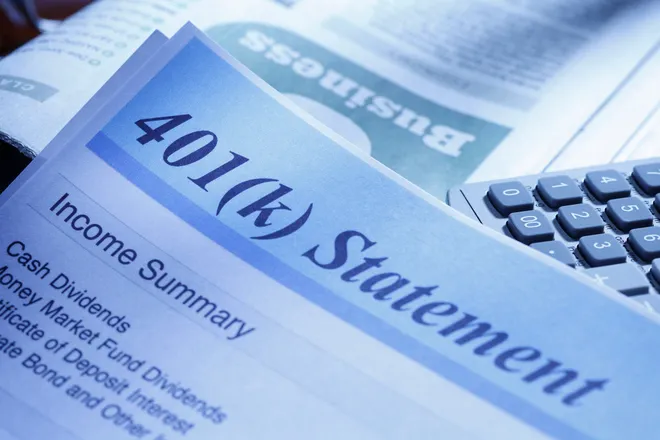
Eight states have automatically enrolled hundreds of thousands of workers in retirement savings accounts, all but compelling them to deduct money from their paychecks to spend in their golden years.
Retirement researchers applaud the new “automated savings” programs that have sprung up from California to Maine since 2017. By one analysis, from the Pew Charitable Trusts, the state initiatives have enrolled more than 800,000 workers, who have collectively saved more than $1 billion since 2017. Workers are free to opt out of the plans, but most choose to stay in.
“It’s the most exciting thing we’ve seen happen in this space in a long time,” said Jean-Pierre Aubry, associate director of state and local research at the Center for Retirement Research at Boston College. “It has the potential to really change the game.”
State governments have labored for years to find ways to increase the rate of retirement savings by their citizens. Retirees who cannot fund their retirement put a massive strain on social services. Pew estimates the tab at $334 billion in increased state spending over 20 years, if savings rates don’t increase.
But not everyone likes the idea of state governments diverting money from workers’ paychecks, even for their own good. Critics say workers would be better off saving for retirement on their own.
Fewer than half of working-age Americans have retirement accounts
Anyone, in theory, can save for retirement. Roughly half of American workers have access to 401(k) plans at work, which allow pre-tax contributions to retirement accounts. Others are free to open individual retirement accounts, which offer similar perks.
But millions of Americans do neither. Fewer than half of working-age Americans have retirement accounts, Census data show.
Much of the problem lies outside the corporate universe of 401(k) plans, which often encourage saving by enrolling workers automatically and matching some of their contributions.
At companies with fewer than 10 employees, 78% of staffers lack access to a retirement plan, according to AARP research. Three-quarters of employees without high school degrees have no access to a retirement plan at work. As a result, those workers seldom save for retirement.
“You’re 15 times more likely to save for retirement if you have the option to save at work through payroll deduction,” said Kim Olson, a senior officer at the Pew Charitable Trusts. “If you have to do this on your own, the chances are very low that you’ll follow through.”
Automated savings programs, or auto-IRAs, began with a 2017 pilot for OregonSaves, according to Pew. Illinois Secure Choice launched in 2018, CalSavers in 2019. Connecticut and Maryland added programs in 2022, Colorado and Virginia in 2023, Maine in 2024.




























